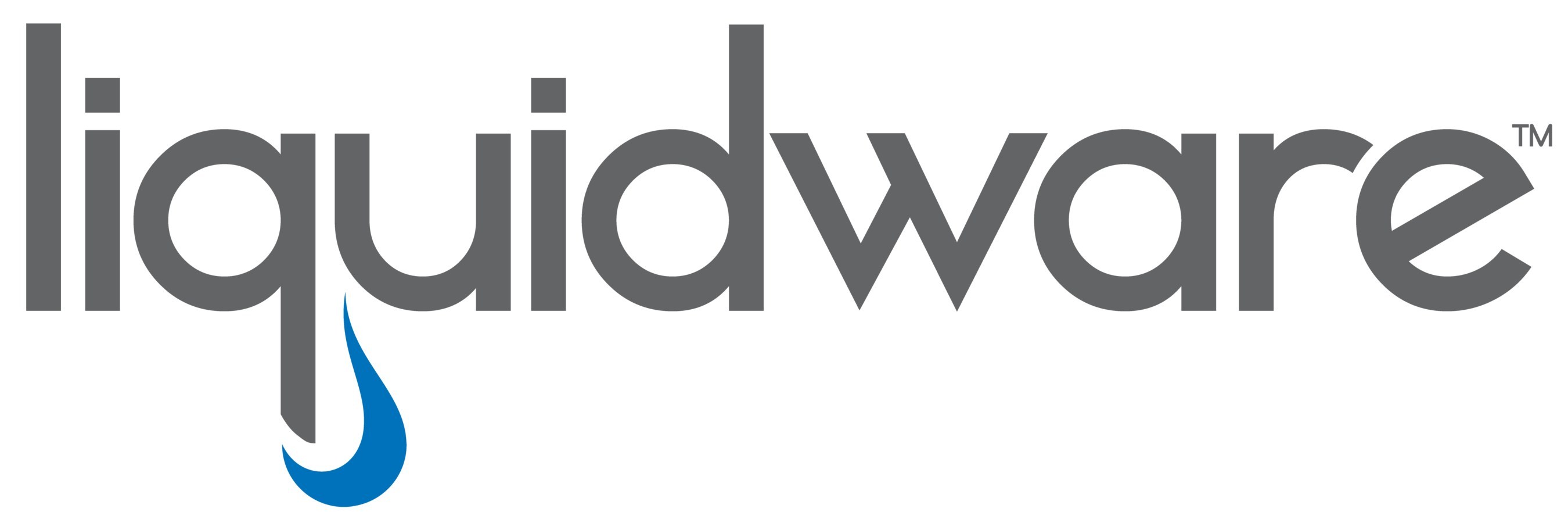As part of the Digital Experience Monitoring - Telco's Next Gamechanger' campaign, The Fast Mode spoke to J. Tyler Rohrer who is the co-founder of Liquidware on how DEM is shaping enterprise IT monitoring as the adoption of Cloud and SaaS becomes increasingly widespread, and as the 'new normal' introduced by the recent pandemic creates new security vulnerabilities and performance implications. The interview is as follows:
Why is there so much interest in DEM?
There is increasing interest in DEM because of several factors. First is the recognition that all companies face extreme security risks if they cannot bring their workers’ local devices under management. Secondly, both security and productivity issues increase as there is more of a push to move end-user computing to localities outside of campus or other office structures. Business was significantly trending in this direction already, but certainly the pandemic pushed the accelerator on this action. However, in order to do this, you increase the complexity of your end-user computing environment by adding virtual and cloud platforms. So you lose the visibility into how its all working. Troubleshooting or proactive planning is almost impossible without a digital monitoring solution that can measure and report data back to you on how well your systems and devices are working. The best way to measure this is at the user experience level, that is how responsive is the device? How well does the workspace support productivity of end users?
How does DEM change existing enterprise IT and application performance monitoring?
DEM changes existing enterprise IT and application performance simply because it provides very granular visibility into how systems, applications and devices are performing based on established thresholds of performance. This means that IT can set the service levels they expect and then get immediate feedback when any part fails to achieve these levels. You benefit significantly by seeing how your infrastructure functions holistically.


J. Tyler Rohrer, Co-founder of Liquidware
What are your key solutions for DEM?
Our key solution is Stratusphere UX, a proprietary solution for DEM that provides our own unique patented metrics data for monitoring and diagnostics. The data is vast, encompassing all the leading platform providers as well as Cloud. The data is also time-based and granular, which allows IT admins to drill down - not only into what exactly happened, but when it happened. This makes correlation to other events simple and direct. From an admin’s perspective, we provide metrics to show: Are your users connected? Are your Users Operational? And Are your users productive? The UX stands for User Experience and this is what our solution also monitors. With so many people working from home due to the Covid-19 pandemic, Stratusphere UX provides a number of unique metrics to ensure a user’s experience is on par working from home as their experience is in the office. Examples of what we monitor include:
- UX Score
- Apps installed
- Login delay
- App load time
- Apps not responding
- Failed network connections
- Network latency
- Network ‘jitter'
- Trace route
- WiFi strength and distance
What are some of the challenges you foresee in getting more enterprises to adopt DEM?
The adoption of DEM not only spurs a technological change, it also forces a cultural change in organizations forcing them to recognize the intricate interdependencies among systems, storage, platforms and local devices. Traditionally datacenters received the bulk of IT investments and support – but this was often at the expense of the devices functioning at the edge. DEM data will force that mindset to shift and along with that, force more equal distribution of investments across entire infrastructure from end-to-end.






















